
Transform Your Supply Chain Planning and Marketing Strategies with Google Cloud and SAP Integration

Transform Your Supply Chain Planning and Marketing Strategies with Google Cloud and SAP Integration
May 11, 2023 | Zeeshan Aga
Blog / Embrace the Marketing Revolution: Your Essential Guide to Advanced Marketing Analytics on Google Cloud
In the past, businesses relied on systems of record to manage and store their data. However, as data volume is now doubling every 24 hours, we’ve moved towards systems of innovation to extract valuable insights from this vast pool of information. This shift has opened up a new world of possibilities in terms of driving business growth, customer engagement, and personalization.

Image Source: Gartner
Today, we’ll explore how to combine all this data, select the right data sources, and leverage AI and ML technologies to drive business growth. We’ll discuss best practices, challenges, and opportunities businesses face in this new era.
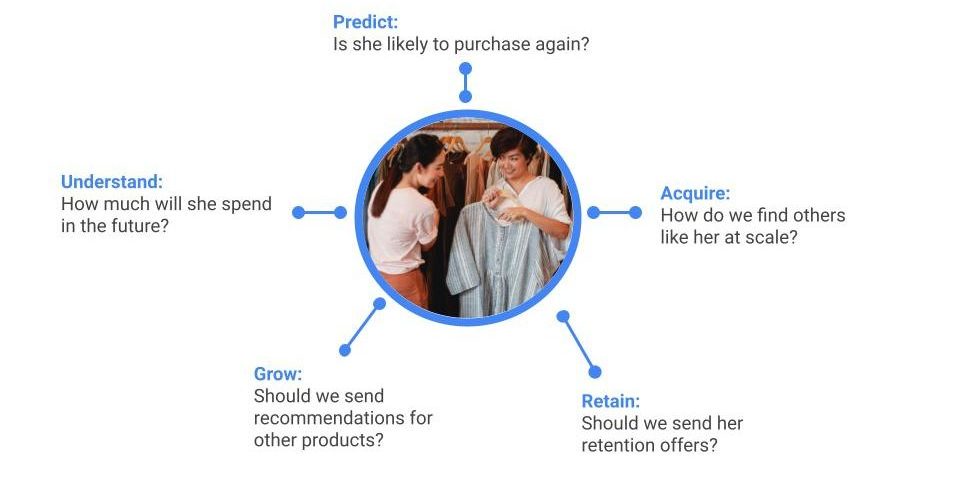
Image Source: Google Cloud
Modern technologies are transforming sales and marketing by revolutionizing how businesses handle customer interactions, automate processes, and generate insights. They have enabled companies to make data-driven decisions, better understand customer needs, and create personalized experiences.
While customer relationship management (CRM) systems can help to centralize customer data, they may not provide the level of insights needed for advanced analytics.
CRM systems are typically designed to manage customer interactions and transactions but may not be optimized for predictive analytics or machine learning.
💡 Advanced analytics, on the other hand, can help sales and marketing teams to gain a deeper understanding of customer behavior and preferences.
By leveraging machine learning algorithms, teams can identify patterns in customer data and predict future behavior, such as which products or services a customer is likely to purchase next or which channels are most effective for engaging with a particular customer.
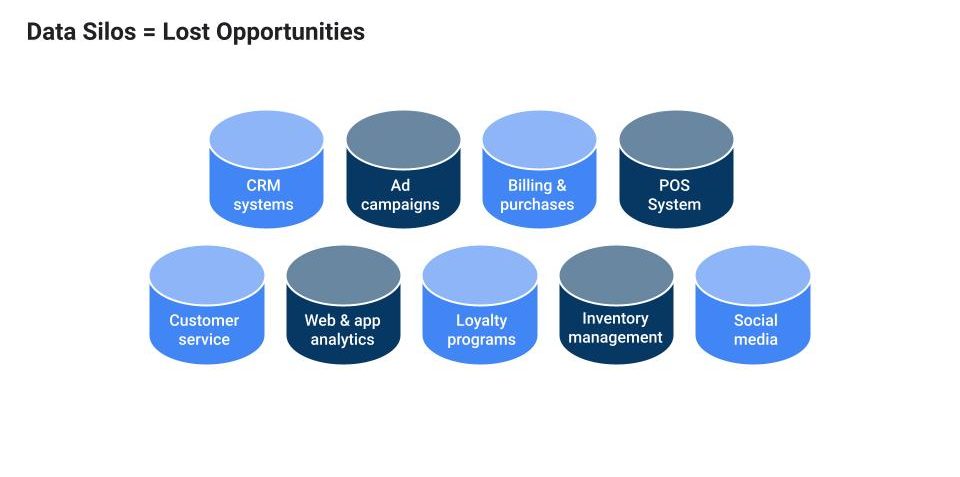
Companies like Amazon and Netflix use AI and ML to overcome these challenges for personalized experiences and targeted marketing strategies. Amazon leverages ML algorithms to predict customer preferences and personalize product recommendations, while Netflix employs AI-powered algorithms to analyze user viewing patterns, preferences, and interactions to create personalized content recommendations, resulting in higher viewer engagement and retention.
💡 Emerging technologies, such as natural language processing (NLP), computer vision, and deep learning, help extract insights from unstructured data
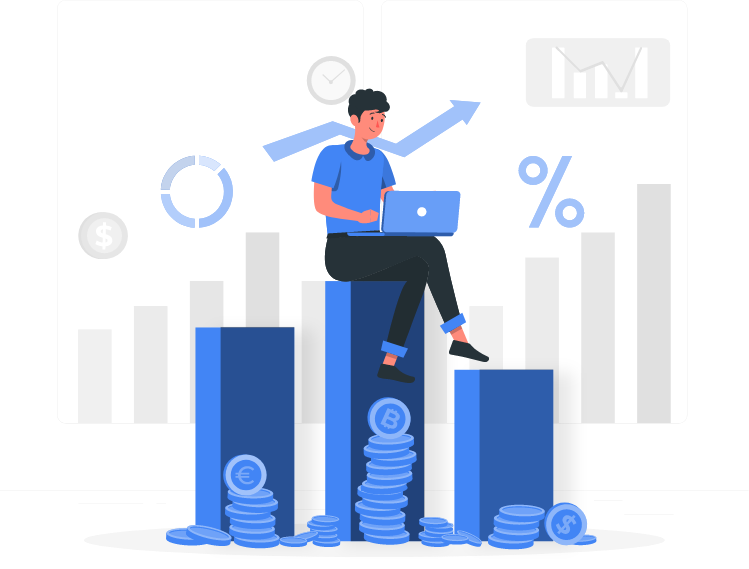

Google Cloud for Marketing Analytics is a game-changing solution designed to help businesses maximize the value of their marketing technology (MarTech) stack.
By integrating with existing MarTech tools, Google Cloud provides unparalleled data storage, processing, and analysis capabilities that unlock new opportunities for marketers.
This powerful solution is suited for marketing teams across various industries who want to leverage advanced analytics and machine learning to drive growth and stay ahead of the competition.
One of the essential components of Google Cloud for Marketing Analytics is BigQuery.
💡 BigQuery allows marketing teams to create a marketing data lake, consolidating disparate marketing data from various sources such as CRM, web analytics, social media platforms, and ad platforms into a single unified source.
Pluto7’s Planning in a Box platform integrates seamlessly with BigQuery, providing an auto–scaling event processing system that loads data directly into the data lake.
This integration ensures that marketers have access to the most up-to-date insights to make data-driven decisions.
With a consolidated data lake in place, marketing teams can leverage BigQuery’s machine learning-powered audience segmentation pipeline to derive valuable insights.
For instance, marketers can analyze customer behavior patterns, preferences, and demographics to create highly targeted marketing campaigns.
Attribution is critical for understanding the effectiveness of marketing efforts and the customer journey. The biggest challenge in attribution lies in accurately identifying which touchpoints contribute most to conversions, given the complexity of multiple channels and devices. Traditional methods often result in skewed results, leading to inefficient marketing strategies.
💡 BigQuery simplifies attribution modeling by consolidating data from various channels and devices, enabling marketers to process large volumes of data and build accurate models.
For example, one of our retail customers uses BigQuery to analyze how a combination of social media ads, email marketing, and in-app promotions contribute to a customer’s decision to purchase. Analyzing the impact of each touchpoint, they can optimize their marketing mix, ensuring the right message reaches the customer at the right time.
BigQuery enables advanced customer segmentation by leveraging machine learning and AI algorithms to identify patterns, trends, and preferences among customers.
💡 Traditional customer segmentation methods, such as demographic-based clustering, no longer provide the granularity and relevance needed in today’s fast-paced, data-driven marketing landscape.
In the retail industry, for example, a brand can use BigQuery to analyze purchasing patterns, browsing behavior, and customer interactions, identifying distinct segments based on preferences, such as budget-conscious shoppers or luxury enthusiasts.
By understanding these nuanced segments, marketers can create hyper–personalized campaigns and experiences, ultimately driving higher engagement and conversions.
The ability to react quickly to campaign performance is enormously important for maximizing marketing ROI. BigQuery’s real-time processing capabilities allow marketing teams to assess the performance of campaigns as they unfold, providing a competitive edge.

Imagine an e-commerce company running a flash sale
Using BigQuery to analyze real-time data on website traffic, conversion rates, and customer feedback, the marketing team can identify bottlenecks or underperforming channels and make immediate adjustments, such as reallocating ad spend or refining messaging.
In addition to reacting quickly to campaign performance, BigQuery can also help marketing teams discover new customer insights they may not have been aware of before.
Marketers can gain a deeper understanding of customer preferences and behaviours by analyzing data from various sources, such as customer behaviour on the website, social media interactions, and feedback surveys in a single, consolidated view.
For instance, by analyzing customer data from multiple channels, such as website traffic, social media engagement, and email open rates in one consolidated view, marketers can identify trends and patterns that can help them better understand their customers’ needs and preferences.
With this new insight, marketers can adjust their campaigns and messaging to better align with their customers’ preferences, leading to improved engagement and conversion rates.
By integrating Google Trends data with Google Adtech, marketing teams can access a wealth of insights to fine-tune their strategies. With the help of Pluto7’s expertise in creating custom dashboard views, marketing teams can visualize real-time data in lots of different ways, including:
Similarly, with Google Adtech, marketing teams can:
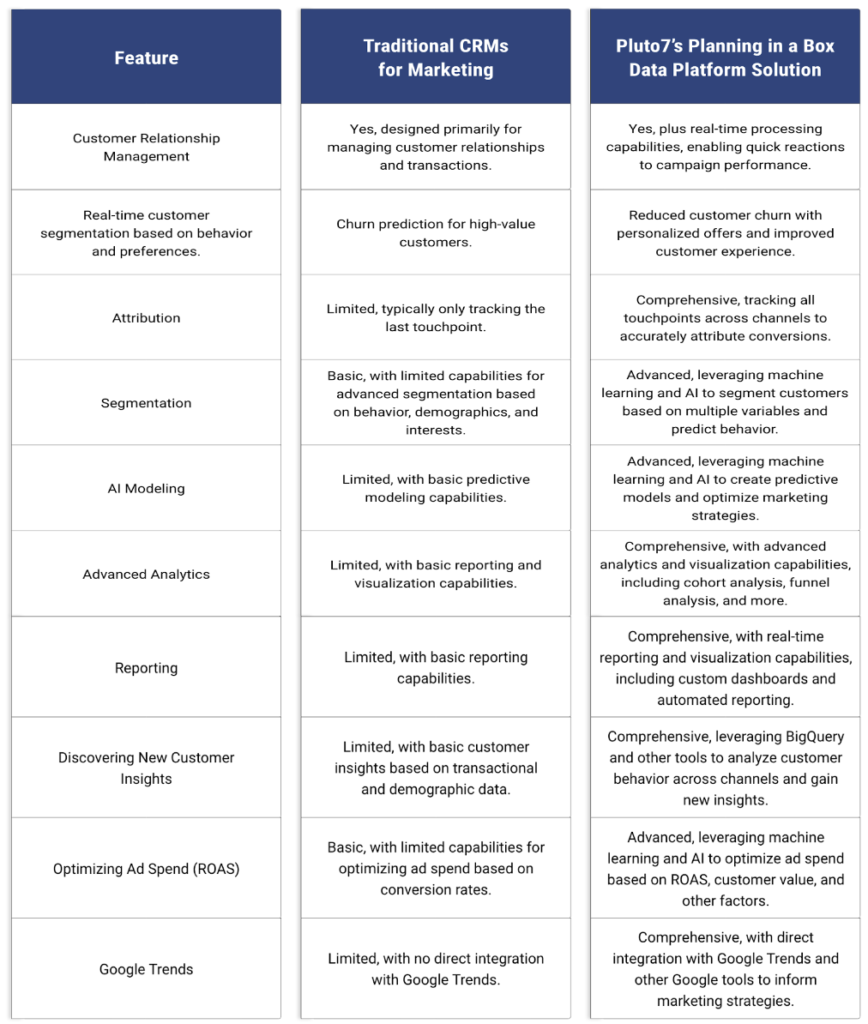
In the realm of Marketing Analytics, AI and ML have emerged as transformative forces, opening up an ocean of possibilities. With a vast array of use cases at our disposal, the challenge is to identify those that offer quick implementation and rapid value realization.
In the following section, we’ll dive into five select use cases, each a pebble picked from the vast ocean of AI/ML possibilities in marketing. Our selection is guided by the ease of implementation, time-to-value, our practical experiences with customers, and insights gathered through engaging conversations with marketing leaders.
While these examples merely skim the surface of potential applications, they offer a glimpse into the transformative power of AI/ML in Marketing Analytics, and how it can redefine industry standards and push the boundaries of what’s achievable.
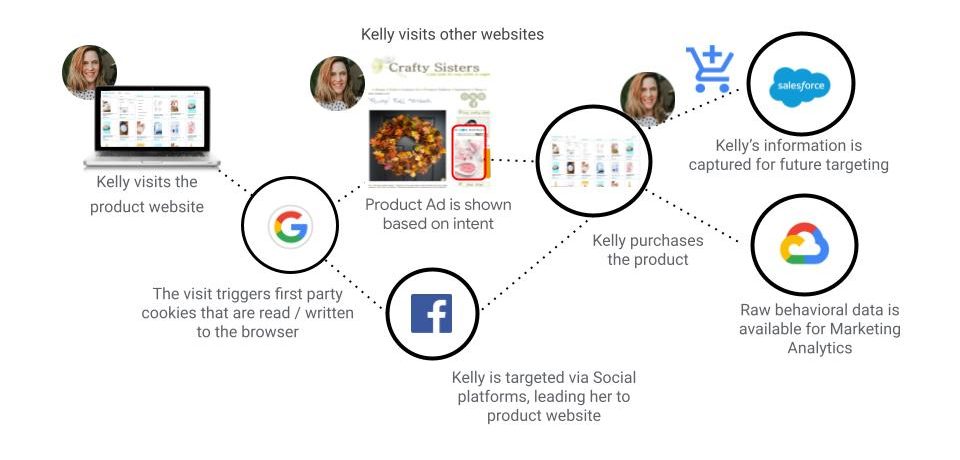
In the past, marketers relied on customer interviews and behavioral experts to study customer motivations and preferences. This approach, while valuable, was time-consuming and often provided a limited view of the customer.
Today, the landscape has changed dramatically. We now have access to a wealth of data generated through clicks, likes, cart additions, and time spent on websites, among other metrics. These digital footprints offer invaluable insights into customer behavior, enabling businesses to better understand and cater to their target audience.
💡 However, customers interact with brands across multiple platforms, and their behavior may vary from one channel to another. In order to create a complete and quantifiable picture of each customer, a robust model is required to aggregate all the disparate data points.
This is where the 360–degree customer view comes into play. By unifying data from CRM systems, web analytics, social media platforms, email marketing, and other sources, this model provides a comprehensive and actionable understanding of customers, allowing marketers to create tailored and impactful campaigns.
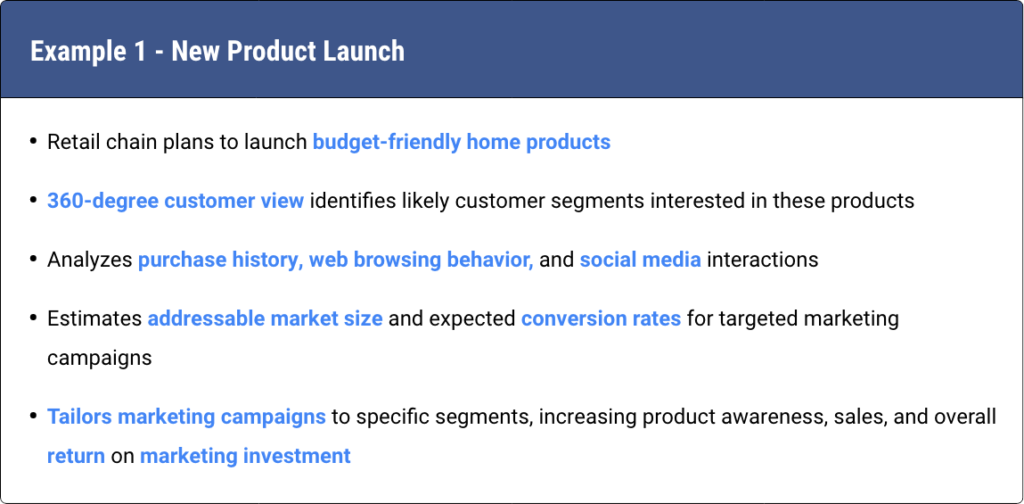
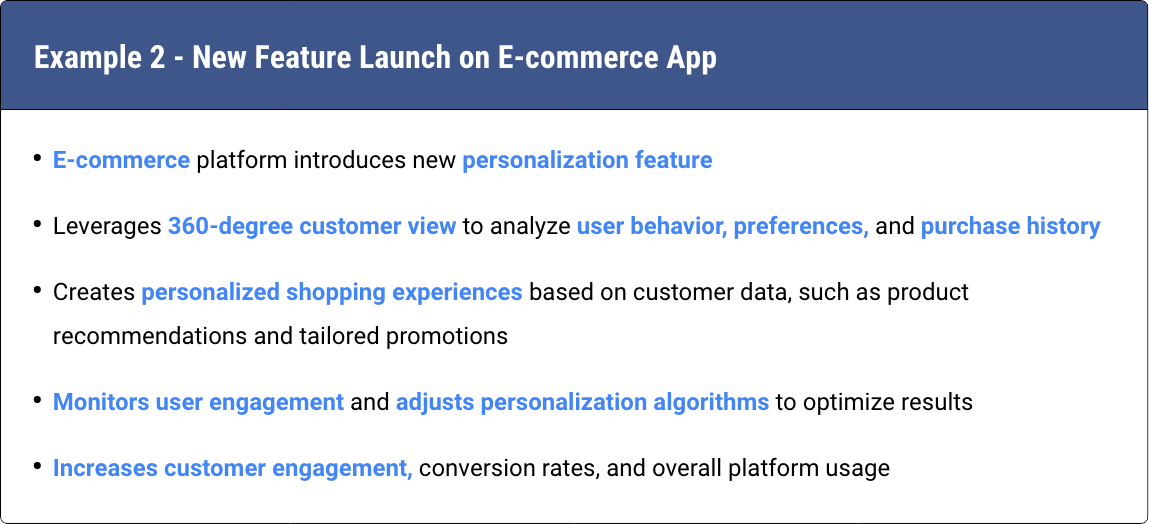
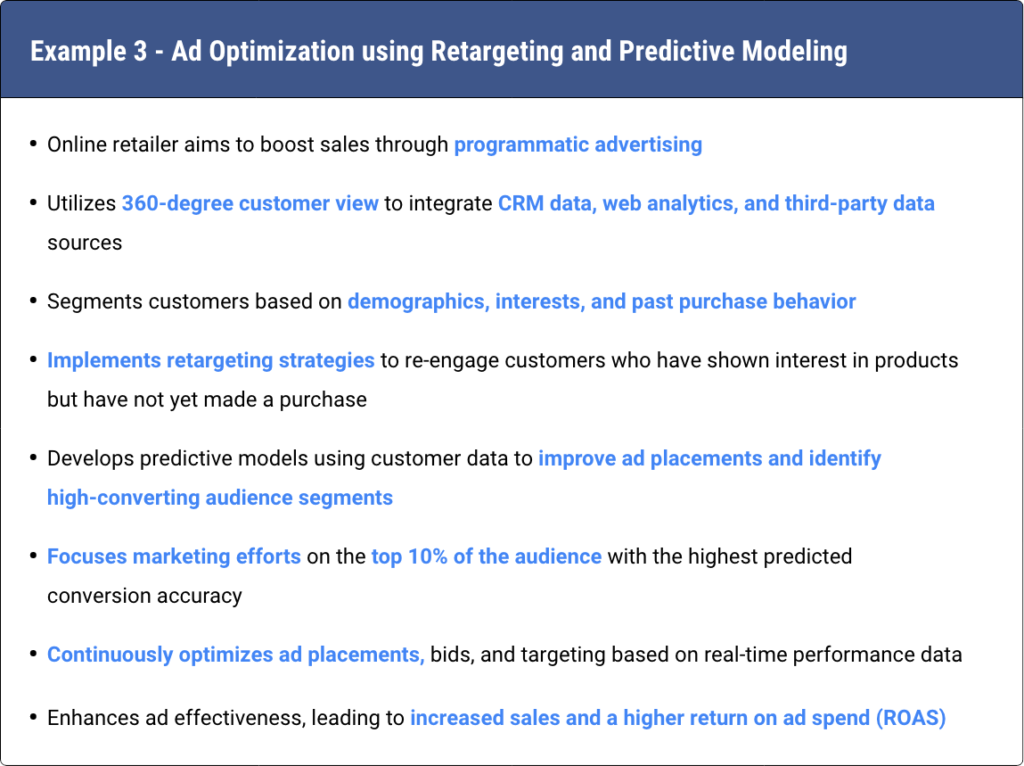
Predictive analytics is an innovative and increasingly popular approach in marketing, yet it remains relatively unheard of in many business circles. By harnessing AI and ML technologies, predictive analytics allows businesses to forecast customer behavior and preferences, enabling them to make well-informed decisions and optimize their marketing strategies.
For many years, marketers have been focused on reducing customer churn, as retaining existing customers is often more cost-effective than acquiring new ones.
In the past, marketers had limited tools, relying on basic segmentation, historical trends, and manual analysis to predict and prevent customer churn.
These traditional methods were time-consuming and could not accurately predict customer churn, leading to missed opportunities and suboptimal retention strategies.
Today, with advancements in machine learning and artificial intelligence, marketers can revolutionize their approach to reducing churn.
Machine learning models can process vast amounts of data, identify complex patterns, and make granular predictions in real-time, significantly improving the accuracy and efficiency of churn prediction. This enables businesses to proactively identify high-risk customers and develop targeted retention strategies that cater to their unique preferences, behaviors, and needs.
🏗️ Step 1: Data collection and preprocessing
⚙️ Step 2: Feature engineering and selection
👟 Step 3: Model training
🔨 Step 4 : Model evaluation and refinement
🔮 Step 5 : Churn risk prediction
🌐 Step 6: Dynamic customer segmentation
🎁 Step 7: Personalized retention campaigns
🔎 Step 8: Real-time monitoring and optimization
Once the churn prediction model is set up, it has the potential to automate several aspects of customer retention, making it a valuable asset for businesses of all sizes, including large companies. The automation enabled by the churn model can provide numerous benefits and streamline processes for various stakeholders.
The customer churn prediction model is just one of many potential use cases for machine learning in the context of marketing and customer relationship management. By leveraging AI and ML technologies, businesses can develop models to address a wide range of challenges and optimize various aspects of their marketing and sales efforts.
💡 An ML model can be trained to solve multiple use cases, such as lead scoring, product recommendation, or customer lifetime value prediction, and seamlessly integrate with existing CRM systems. This integration allows businesses to utilize ML-driven insights directly within their CRM, streamlining their workflows and enhancing decision-making.
Let’s consider an example where a machine learning model for lead scoring is integrated with a company’s CRM system.
The end-user, such as a sales representative, will see the results of the lead scoring model directly in the CRM, helping them prioritize their efforts and focus on high-potential leads.
Brands, especially those in retail and CPG industries, strive to connect deeply with their consumers and develop meaningful relationships. To achieve scale, reach, and personalization in their marketing campaigns, they need to harness the power of connected data and gain a holistic view of all channels.
Utilizing BigQuery enables brands to aggregate and analyze vast amounts of data from multiple sources simultaneously, surpassing the capabilities of traditional CRMs. This comprehensive approach allows marketers to:
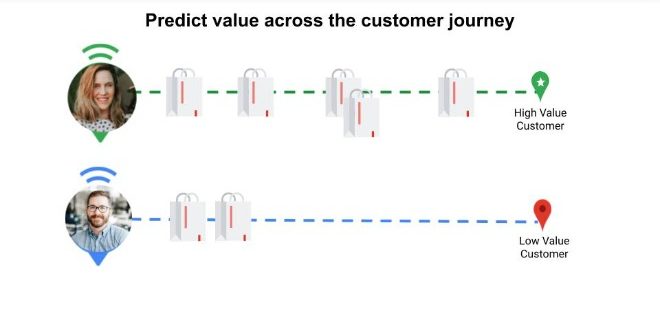
Hyperpersonalization is the process of tailoring marketing communications and experiences to individual customers based on their unique preferences, behavior, and needs. By leveraging insights from data analytics and advanced segmentation techniques, brands can deliver highly personalized marketing messages and offers that resonate with their target audience, ultimately driving customer loyalty and increasing revenue.
To achieve hyper personalization, brands must first collect and analyze data from a variety of sources, such as purchase history, browsing behavior, customer demographics, and social media interactions. By integrating this data using Google Cloud tools, such as BigQuery, marketers can:
Based on the insights generated, marketers can then create highly granular customer segments. These segments can be based on various factors, such as:
For example, a CPG brand could create segments like eco-conscious consumers, value-driven shoppers, and premium buyers based on their purchase patterns, preferences, and demographics.
Once segments are established, brands can tailor their marketing communications to address the unique preferences and needs of each group. This can be achieved through various tactics, such as:
Creating exceptional marketing campaigns requires brands to harness the power of diverse consumer data and utilize innovative Google Cloud AI tools, such as translation, visual analytics, and natural language processing (NLP). By tapping into these resources, marketers can:
Google Ad Tech data, derived from Google’s Analytics platform such as Google Analytics (GA4) and Google’s advertising platforms such as Google Ads and Google Display Network, offers a treasure trove of information for marketers seeking to optimize their marketing spend and maximize return on investment (ROI). By harnessing the power of Google Ad Tech data, brands can develop sophisticated strategies that deliver measurable results.
Google Adtech data reveals crucial insights about how each marketing channel performs in terms of cost, engagement, and conversions. Marketers can use this information to allocate their budgets towards high-performing channels and away from underperforming ones.
For example, if Google Ad Tech data shows that display advertising generates a higher ROAS than search advertising for a specific campaign, reallocating budget towards display advertising can boost overall ROI.
Google Adtech data provides insights into factors affecting ad performance, such as bidding strategies and ad placements.
By analyzing this data, marketers can fine-tune their bids to secure the most cost-effective ad placements, resulting in a higher ROI.
For instance, by identifying the optimal time of day, day of the week, or device type for ad placements, marketers can adjust their bids accordingly to maximize cost-efficiency and overall returns.
Google Adtech data offers in-depth information about audience demographics, interests, and behaviors. Marketers can leverage this data to create granular audience segments and develop hyper-targeted campaigns.
For example, if the data shows that a specific age group or geographic location responds better to a particular ad creative, marketers can tailor their campaigns to cater to that audience segment, boosting engagement and conversions.
The integration of sales and marketing data is essential for informed decision-making and driving business growth.
💡 Google Cloud Cortex, a powerful data integration tool, allows organizations to seamlessly bring together data from various sources, such as SAP and Salesforce, enabling advanced analytics on Google Cloud.
By utilizing Pluto7’s Planning in a Box platform, businesses can efficiently integrate their sales and marketing data for comprehensive analysis.
This integration not only benefits marketing and sales teams but also impacts other stakeholders, such as demand planners and procurement teams. By having access to a unified view of sales and marketing data, these teams can:
The opportunities are boundless. Sales teams can also leverage predictive analytics for customer acquisition. Some of the possibilities here are:
The key to thriving in today’s increasingly competitive and dynamic business environment lies in cultivating a data-driven culture that empowers sales and marketing teams to work in unison.
By combining their insights and focusing on overarching business objectives, organizations can unlock boundless potential and achieve unprecedented success.
In this new era of data-driven decision-making, the convergence of sales and marketing data is more than just a strategic advantage; it’s an essential catalyst for organizational growth.
Planning in a Box is a cutting-edge, Google Cloud Cortex-Enabled data platform developed by Pluto7, designed to simplify planning processes for marketing, sales, and supply chain teams. This powerful platform offers an array of features tailored for marketing teams, allowing them to:
As one of Google’s top partners for data analytics, Pluto7 has deep expertise in incorporating BigQuery and other Google Cloud Platform (GCP) tools to deliver advanced AI/ML analytics. This enables businesses to:
With Planning in a Box, organizations can gain valuable insights across various departments, including marketing, sales, operations, and supply chain. The platform allows businesses to:
By leveraging Planning in a Box and Google Cloud, organizations can significantly enhance their operational efficiency and ROI. This is achieved through:
Planning in a Box is an all-in-one data platform solution for businesses looking to simplify their planning processes and gain a competitive edge in today’s data-driven world.
With its robust features and seamless integration with Google Cloud, this powerful platform enables organizations to unlock valuable insights, improve operational efficiency, and drive higher ROI across various departments.
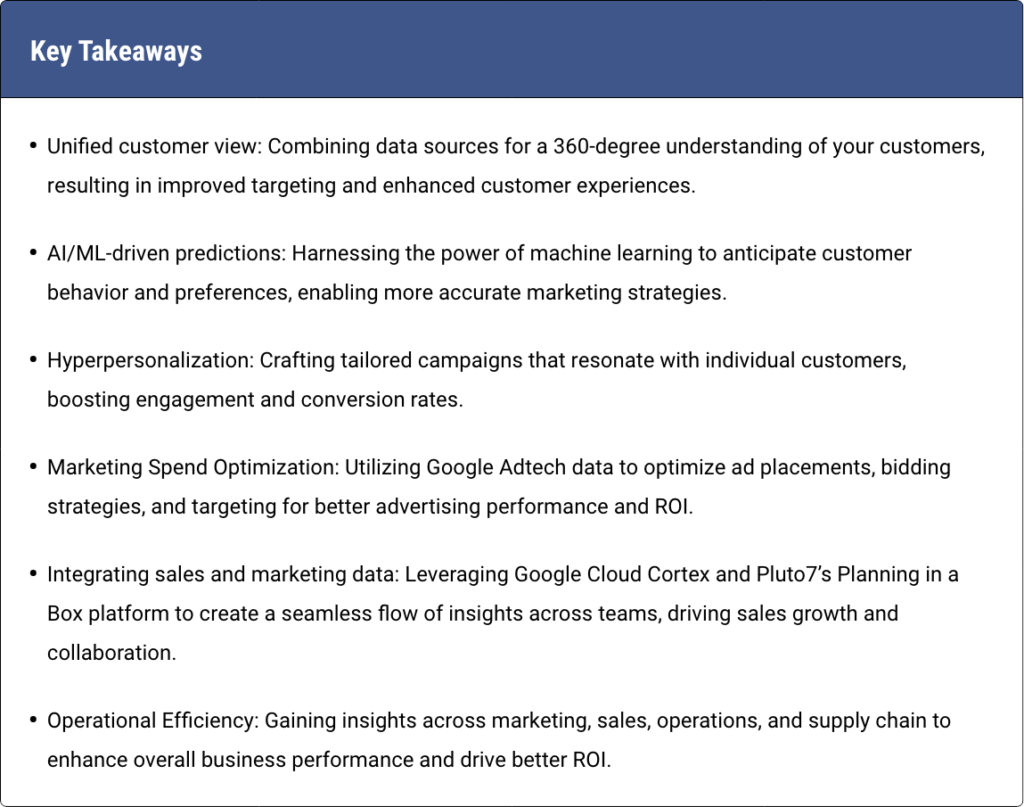
In the ever-evolving digital era, businesses must adopt a forward-thinking approach, breaking free from conventional marketing methods to stay competitive. Embracing data-driven marketing strategies is no longer just an option; it’s a necessity for brands striving for success.
To thrive in this dynamic landscape, businesses must be agile, adaptable, and willing to adopt advanced marketing analytics. By doing so, they can unlock new levels of growth and efficiency.
If you’re ready to embark on this journey, Pluto7, a Google Cloud Premier Partner, is here to help you every step of the way.
For a free consultation on how to get started with advanced marketing analytics and harness the power of Google Cloud, get in touch with Pluto7 today. Embrace the future and transform your marketing strategies to stay ahead in the game.